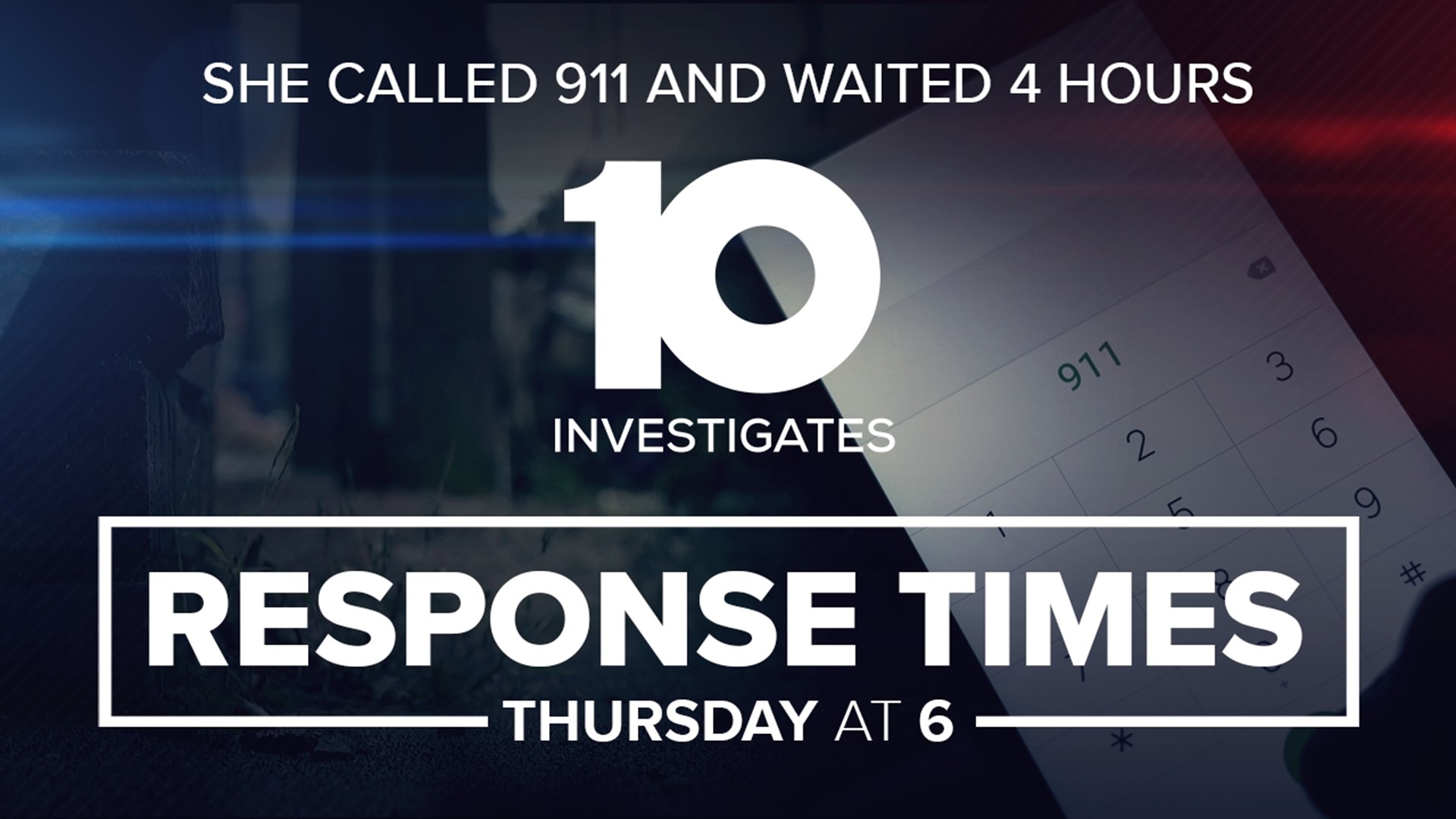COLUMBUS, Ohio — From shootings and homicides to armed carjackings, officers with the Columbus Division of Police are working hard to minimize crime within the city.
However, when responding to crimes, the officers' response time may not always be consistent.
2021 year-to-date average response times by event priority (Jan. 1 - Aug. 31)
- Priority 1 events: 10 minutes, 30 seconds
- Priority 2 events: 23 minutes, 10 seconds
- Priority 3 events: 47 minutes, 13 seconds
- Priority 4 events: 59 minutes, 10 seconds
- All Priority events: 35 minutes, 10 seconds
Thursday at 6 p.m. on 10TV: One woman says she was carjacked at gunpoint in July and it took Columbus police four hours to respond. She wants to know why and if this is happening to others. 10TV's Lacey Crisp digs into the increasing wait times and what the city is doing to lower them.
BREAKDOWN: Columbus Police Dispatching Priority System
*Information provided by the Columbus Division of Police
Priority 1 calls for service include ongoing life-threatening crimes and situations likely to result in serious physical harm to any person.
The dispatcher shall sound the alert tone on the radio when dispatching a Priority 1 call for service, notify the precinct sergeant, and immediately dispatch the nearest available sworn personnel. Sworn personnel shall respond to Priority 1 calls for service without delay. The precinct sergeant shall direct personnel as needed to ensure there is an adequate response to the run. The precinct sergeant shall respond as soon as practical when required to respond.
Priority 2 calls for service include felony crimes in progress or crimes that have just occurred; incidents in progress that present the potential for injury or property damage/loss; incidents where the suspect is still at the scene or in the area and may elude apprehension or create the potential for injury or property damage if sworn personnel do not arrive rapidly; incidents where sworn personnel are needed to secure a scene or witnesses; and incidents where there is a need for crowd and/or traffic control which, if not done immediately, would create the imminent potential for injury or property damage/loss.
The dispatcher shall notify the precinct sergeant and immediately dispatch the nearest available sworn personnel. Sworn personnel shall respond to Priority 2 calls for service without delay. The precinct sergeant shall direct personnel as needed to ensure there is an adequate response to the run. The precinct sergeant shall respond as soon as practical when required to respond.
Priority 3 is used for misdemeanors in progress or that have just occurred; reports of recent felony crimes; suspicious circumstances with no threat of injury; and incidents that do not immediately require sworn personnel, but do need intervention, investigation, or mediation.
These incidents are to be dispatched within 30 minutes.
Priority 4 is used for service-related calls for sworn personnel to respond that cannot be handled by telephone, misdemeanor reports when the caller demands a cruiser or when sworn personnel need to investigate the scene or interview witnesses, and requests for sworn personnel that do not require a quick response.
These incidents are to be dispatched within 60 minutes.
Priority 5 incidents are to be dispatched to the district cruiser if available. If not available, the next appropriate cruiser/PTV shall be dispatched.
___

